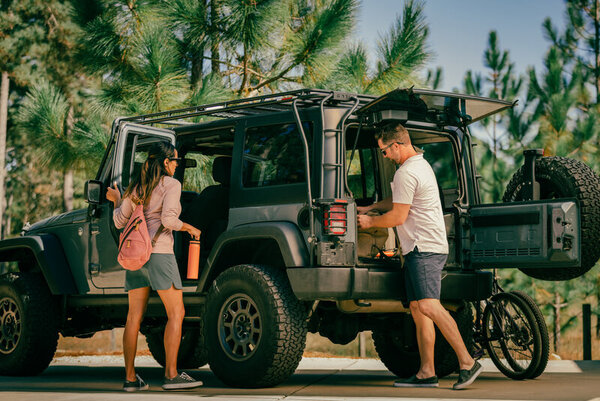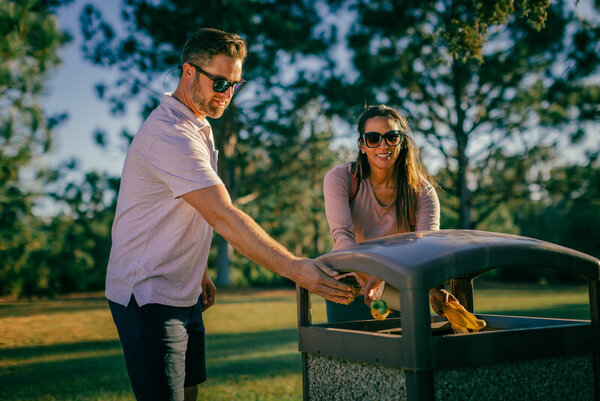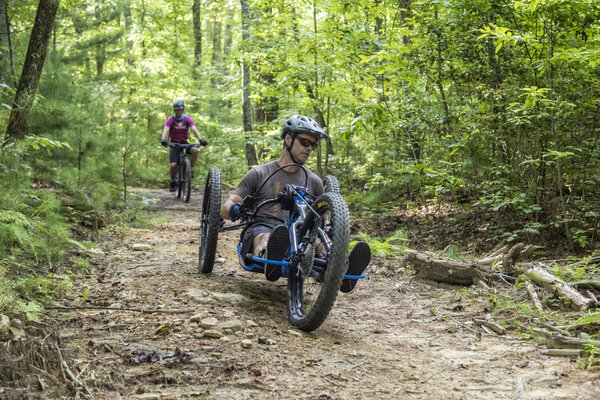
OutdoorNC.comOutdoor NC Leave No Trace
Outdoor NC Leave No Trace
Tips for Mountain Biking
Whether you’re a pro or a first-time rider, before pedaling through North Carolina, be sure to review these helpful guidelines to help keep our trails infinitely enjoyable for generations to come!

PLAN AHEAD AND PREPARE
- Check with local bike shops, cycling groups and land managers for the most up-to-date trail information. Have a backup plan if the trail is closed or parking lots are full.
- Be self-sufficient and bring food, water and clothes in case of inclement weather, and have quick repair supplies.
- Always bring a physical map as cell service and apps are not reliable on the trail.
Stick to Trails
- Bike on established trails. For biking, durable surfaces include established trails, authorized slick rock trails, dirt roads and pavement. Protect trailside plants and help prevent erosion by not cutting switchbacks.
- Wet and muddy trails are more vulnerable to damage. Reconsider riding options when the trail bed is soft. If you encounter patches of mud or ice, ride through them and not around. This prevents trail widening and damage to trailside plants.

Trash Your Trash
- Pack it in, pack it out. Trash and litter, including food scraps, can take years to decompose and are unhealthy for wildlife. Designate a secure pocket for wrappers and leftover food and dispose of them properly after your ride.
- Use restroom facilities before hitting the trail and know how to properly dispose of your waste when nature calls.
Leave It As You Find It
- Avoid introducing or transporting non-native species. Before and after each ride, check your clothing, bike and equipment for seeds. Wash your bike between rides.
- Leave rocks, plants and other natural objects as you find them. Do not engage in unauthorized trail work. You could unknowingly damage sensitive vegetation or contribute to further erosion and other trail damage. Instead, look for opportunities to work on land manager-approved projects.

Keep Wildlife Wild
- Never feed animals. Feeding wildlife damages their health and alters their natural behaviors, which can expose them to predators and other dangers.
- Stick to the trail. Wildlife accustomed to riders can predict their actions but riding off-trail can disturb and confuse wildlife.
- Observe wildlife from a distance. Do not follow or approach them.
Be Considerate of Others and Share the Outdoors
- Always ride within your limits. If experienced, take someone new for a ride and teach them proper trail riding techniques and etiquette.
- Enjoy your ride, but be considerate of other visitors by keeping speeds to a minimum. Racing on trails can be dangerous for you and other users.
- Always be aware of your surroundings. If you choose to wear earbuds, keep the volume to a minimum so you can easily hear other visitors.
- Be courteous. Yield to hikers and equestrians. Be prepared to stop and dismount if the trail is narrow or crowded. Yield to uphill cyclists when descending.
